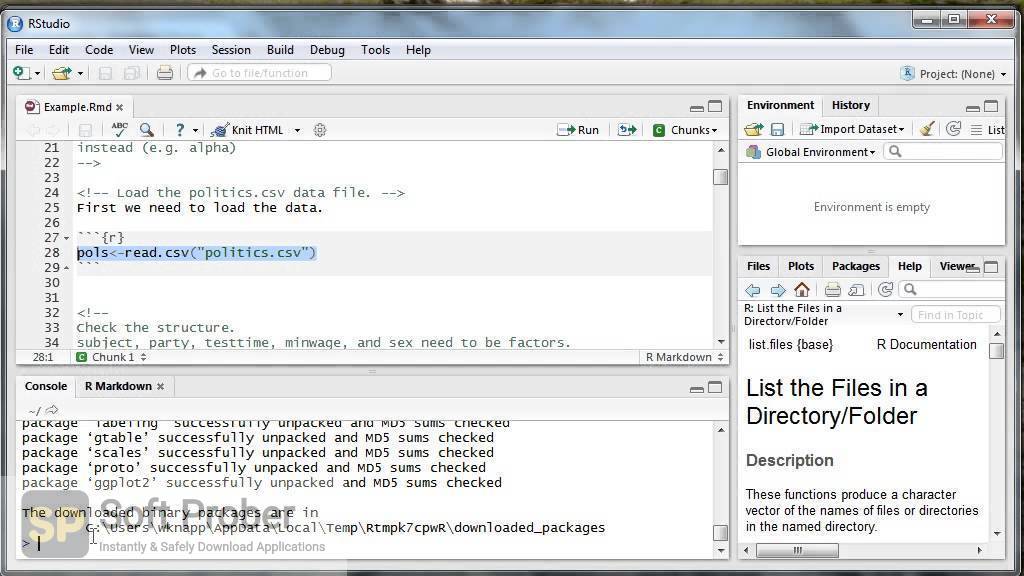

- R STUDIO RU HOW TO
- R STUDIO RU 32 BIT
- R STUDIO RU REGISTRATION
- R STUDIO RU CODE
- R STUDIO RU PROFESSIONAL
Flexible parameter settings give you absolute control over data recovery. Extended Viewer Plugin allows viewing a content of the found files to estimate recovery chances prior to purchasing. In-place saving of recovered files on a remote computer allows to serve computers over the Internet connection. In addition to byte to byte copy of any object visible in the Drives panel, smart copy of partitions and hard drives with size and offset adjustment is available.
R STUDIO RU PROFESSIONAL
Files and file systems structures (NTFS/FAT boot sectors, MFT file record, MBR, LDM structures) can be viewed and edited in the professional disk hex editor. Automatic RAID parameter recognition and support for parity delays in all applicable RAID layouts. Dynamic disk and RAID (including RAID6 and reverse RAIDs) are supported as well as recovering encrypted files, compressed files and alternative data streams. All 64-bit Windows versions are supported as well Additional advanced algorithm for raw file recovery (search for file signatures) increases the quality of recovery and finds files not recognized in file system metadata. It supports FAT/NTFS (All Windows), exFAT(WinMobile, Windows Vista and Windows 7), ReFS (Resilient File System), HFS/HFS+ (Mac), UFS1/UFS2 & Ext2FS/3FS/4FS file systems and functions on local and network disks, even if partitions are formatted, damaged or deleted. R-Studio is a comprehensive data recovery and undelete program renowned for its ability to recover mission-critical data lost to viruses, malicious attacks, and hardware failures or operating system crashes.
R STUDIO RU HOW TO
For those who know how to edit MFT file records and MBR/LDM structures, they can be viewed and edited in the program's accompanying disk hex editor. It's also able to recover encrypted and compressed files so if your lost file was zipped-up, there's still a chance you can recover it. The program supports a wide range of drives including dynamic disk and RAID drives. According to them, "If that happens, the files still may be found, but may contain incorrect data or cannot be found at all." They assure however that the created image can be processed the same way as the original partition. However, if you have enough disk space on any additional hard drive or on an alternative media the developers recommend that you create an image of the recognized partition where the lost files were found, because Windows OS constantly writes some information on disks and there is a risk that the sectors where the deleted files reside may be overwritten.
R STUDIO RU REGISTRATION
However, in this demo version, if you want to open it you'll need to register the software to obtain the R-Studio registration key. When R-Studio Demo version has found a lost file larger than 64KB you may simply double click the file to preview it. It's not a sure-fire solution but it can help depending on the type of file you've deleted. R-Studio Data Recovery, although sounding like a music program, actually helps you recover lost or accidentally deleted files. Of course, nowadays, with so many external backup options there is less chance it's going to happen but if it does, there is still hope. We've lost or deleted a file at some stage that was really important.
R STUDIO RU 32 BIT
If you are on a 32 bit system, you can use an older version of RStudio. All Installers All Installers and Tarballs RStudio requires a 64-bit operating system.
R STUDIO RU CODE
I use this code to automatically source all of the functions in a directory, which makes it easy to run a long script with a single run: # source our functionsĬode.files = dir(code.Recover files that are lost or accidentally deleted DOWNLOAD RStudio Desktop Used by millions of people weekly, the RStudio integrated development environment (IDE) is a set of tools built to help you be more productive with R and Python. You need to source the file containing the function, to make the changes available in the function be used when that line in the script is then run.Ī further aspect of this is that you can source functions from your scripts. What does this mean? Imagine you are trying to troubleshoot a function that is called from a script. Something to be aware of, is that sourcing functions in files makes them available for scripts to use. (thereby creating less clutter in the console). Temporary location and then sourced into the console from there Source is that when running a selection all lines are insertedĭirectly into the console whereas for Source the file is saved to a The difference between running lines from a selection and invoking Run and source have subtly different meanings.



 0 kommentar(er)
0 kommentar(er)
